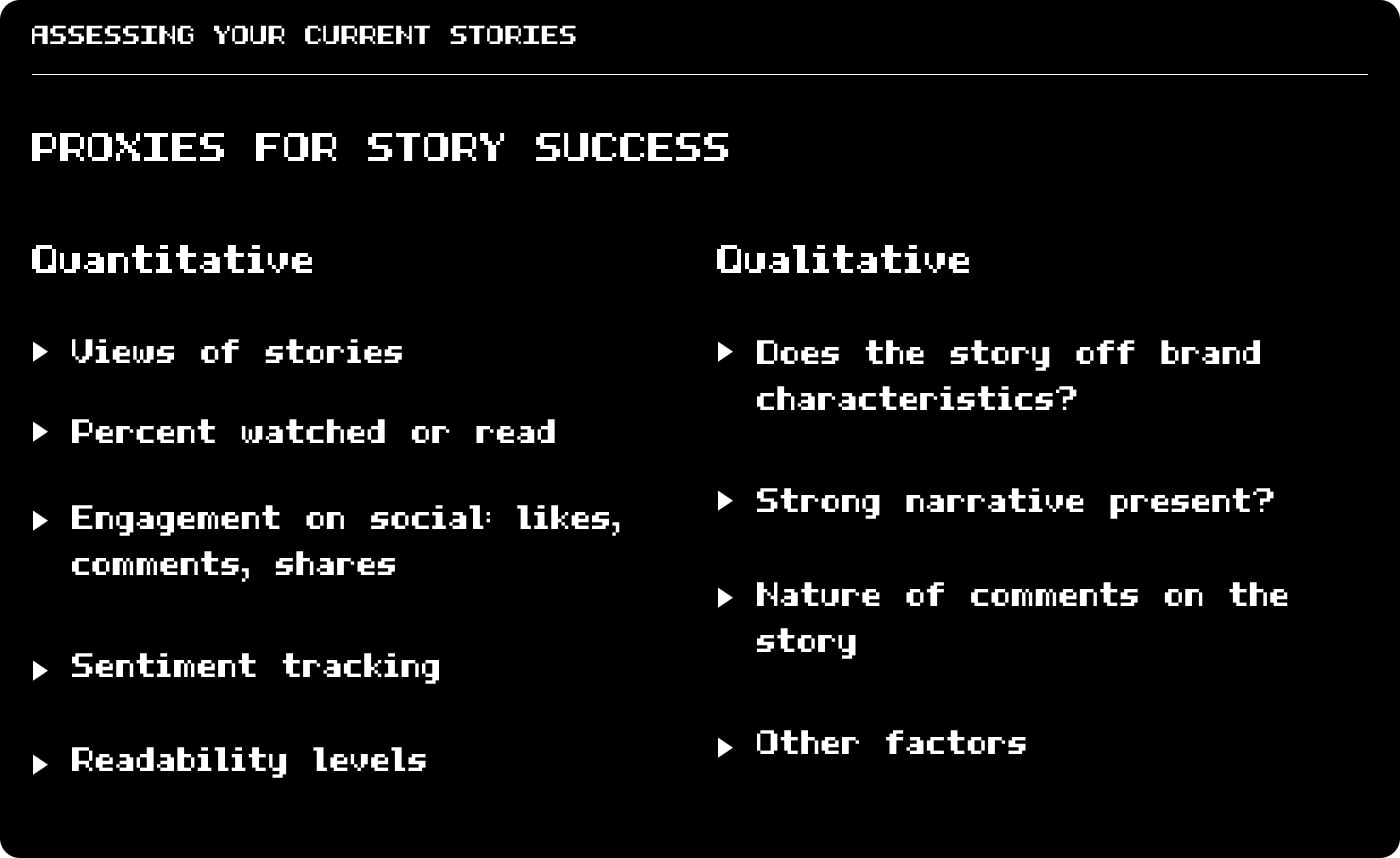In 2020, I did something I’ve only dreamed of: I attended HighEdWeb in pajama pants and faux fur-lined slippers.
In case my business-on-the-top-quarantine-on-the-bottom attire didn’t tip you off, the Higher Education Web Professionals Association held its annual conference online for the first time ever. Covid travel restrictions inspired this break from tradition, but it turns out the virtual setting was fitting for an event where I and about 1,500 other attendees were consistently encouraged to challenge the status quo.
For two days, my brain was flooded with novel ideas and startlingly sensible observations that will, as usual, inform my work for years to come. Unfortunately, it’s not possible to include every golden nugget of information (aka #hewebgold ) dispensed during the conference in a single blog post. Instead, I’ve surfaced a few insights that are not only astute but actionable.
As you digest these insights, I’ll ask that you keep in mind the words of renowned Rear Admiral Grace Hopper. The U.S. Naval officer and computer programming pioneer is famous for, among other things, a quote that guides programmers and developers to this day:
“The most dangerous phrase in the language is ‘We’ve always done it this way.'”
Her words are a simple reminder to steer clear of complacency. This is sage advice in nearly any profession, but it’s especially pertinent to higher ed marketing and technology. Our target audience is incredibly messaging savvy and if we expect to engage them, we can’t rely on outdated tools and concepts. Rather, we should look to skilled and experienced experts, like those highlighted here, to help us chart a path forward. Following are tips for addressing the unique digital issues facing colleges and universities now.



Takeaway: Frame Your School From the Get-Go
The Session: You Only Get One Shot: Optimizing a Homepage for Prospective Student First Impressions
By: Matt Ryan, Penn State University, and Helen Clarke, Carleton College
Your website is often the first experience prospective students have with your school, so you’ve really got to nail it in terms of content, design and user experience—starting with the homepage.
Content
The homepage should answer basic questions:
- What kind of school is it?
- What sets It apart?
- Where is it?
- How big is it?
- Who goes there?
When it doesn’t answer those questions, traditional prospects will fill in the gaps themselves, often in ways we do not expect.
Prospective students assume the worst when important content isn’t up front. – @mryand (again)
You know, like tuition. And financial aid. #HEWeb20
— Darron (@dare_) October 20, 2020
Featured stories don’t instill a sense of place or context. If they don’t answer those basic questions about your school and student body, prospects will assume it’s all bad (Why are they showing me this story, what does it have to do with my potential success? They must be hiding something.) and move on. You have to remember that the area of their brains that controls reasoning and planning isn’t fully baked, leading to inaccurate conclusions and emotional decisions.
And don’t assume that swapping stories for testimonials will do you any favors. These prospects tend to think testimonials and candid photos are inauthentic, cherry-picked and possibly ghost-written. Instead, provide specific stats and backed-up bold claims. Click-throughs to average test scores, for instance, have been well received.
Teenagers are looking for #NoFilter and higher education websites are giving them #HelloKids. 😂 @mryand and Helen Clarke Ebert at #HEWeb20
— teenerd ☂︎ (@tinaburnell) October 20, 2020
Design and UX
Prospects prefer on-page interactions, but if you must take them to another page, make sure the link actually looks like a link. Don’t make them hover over it to figure out if it’s clickable. And when writing links and naming pages, use words that today’s teenagers understand. As always, avoid jargon.
A mind-blown moment from @mryand: HS focus group members clicked on campus directory a LOT. Seemed random, so they asked about it. Turns out, “Directory” isn’t a common term for many teens today; they never used an actual phone directory so that reference isn’t as clear. #HEWeb20
— Donna Talarico (@donnatalarico) October 20, 2020
Additionally, it’s important to know that prospects assume every link on your site leads to content for them, about whatever the link says. For example, they think an “Alumni” link will take them to a page telling prospects about alumni.


Takeaway: Apply Common Sense and Empathy
The Session: Respecting Every Identity: The Importance of an Inclusive Web for Cultural Diversity
By: Mark H. Anbinder, Cornell University
Students in U.S. higher education are more diverse than ever, so an accessible, inclusive website is crucial. To avoid assumptions and technical restrictions, you have to consider experiences that may differ from your own.
Website
Broadband access is a key consideration. Not everyone has it, and even if they do, it might be restricted to public places. Also, be aware of how much bandwidth your site requires; bandwidth is pricey on mobile.
This is the thing that sticks with me from today’s @HighEdWeb sessions. Our under served populations need us now more than ever. Let’s support them to the best of our ability. #heweb20 #HEWebGold https://t.co/U3U4V1YQwb
— Shelley Keith Panulla (@shelleyKeith) October 19, 2020
Hamburger menus might be popular, but they’re not universally understood. Nix them and devise a more intentional navigation strategy. Using a proverbial junk drawer to provide links for everyone actually serves no one well.
Forms
Long pop-up menus, like the ones commonly used in date pickers, are inconvenient, inaccessible and just plain annoying.
It turns out that people who are familiar with entering their birth year are able to type it. We don’t need the giant Price is Right wheel of doom. We’re not trying for the Showcase Showdown folks.#heweb20 @mhaithaca
— Shelley Keith Panulla (@shelleyKeith) October 19, 2020
Anglo-centric name fields (first and last or first, middle and last) are presumptuous and exclude people unnecessarily. Further, make sure field validation isn’t blocking punctuation or accents. And if there are technical limitations, push back on software vendors and developers or look into using additional fields to support users properly.
@mhaithaca’s biggest piece: about respecting personal identity when collecting names. First name / last name assumes a lot of anglo-centric tradition that may not apply. Telling someone with a 4- or 5-part name that they can only use 2? Nonsense. #HEWeb20
— Aaron Knight (@farktal) October 19, 2020
Gender fields also should be reconsidered. Ask whether they’re truly necessary. And if you’re limiting them to binary genders, ask why. If you have fields for prefixes, again, ask why. A good rule of thumb is to leave out any fields you don’t absolutely need.
If you choose to keep sensitive or questionable fields, explain how the info is used. This way users can make an educated choice when deciding to complete them or leave them blank.


Takeaway: Change Your Big Story Using Lots of Little Stories
The Session: Telling Stories at Scale
By: Mike Powers, Indiana University of Pennsylvania
Every school has one big story that people already know. Should you want to change that story, tell the thousands of little stories all around you—about students, athletics, research, etc.—in multiple formats and channels.
Stories come in many forms, including text, video, audio, photos and social posts. And it’s these individual stories that shape the brand narrative (or big story).
“Narratives are the stories that have a chance of sticking.” @mjpowers #HEWeb20 #HEWebGold
— Shelley Keith Panulla (@shelleyKeith) October 20, 2020
Unsurprisingly, stories that no one reads get you nowhere. But views are just one metric for story success.

To craft stories that resonate, focus on the people involved. For instance, an alumni donation isn’t the story; it’s how that student was transformed at your school and consequently put in a position to give back.


Takeaway: Use Plain Language
The Session: (Plain) Language Matters: Creating Web Content That is Accessible, Usable, and Understood
By: Rachel Underhill, The Graduate School at the University of North Carolina at Chapel Hill
Plain language—or communication your audience can understand the first time they read or hear it—helps make your website accessible, and improves the user experience.
Plain language is not inaccurate or unacademic. In fact, it’s more precise than traditional legal and academic writing because it uncovers the ambiguities and errors a traditional style tends to hide, and higher literacy people prefer it because it allows them to understand info as quickly as possible.
“Confusing content implies you don’t respect your user’s time.” YES! @rmunde #heweb20 #HEWebGold
— Shelley Keith Panulla (@shelleyKeith) October 19, 2020

And That’s Not All
Eager for more eye-opening insights from HighEdWeb 2020? Check out the presentations linked below:
- Old School HTML with Modern Web Components and a three-part follow-up series by Nikki Massaro Kauffman, Penn State University
- Google SERP by Matt Hames, 3 Enrollment Marketing Inc. Plus he wrote an article about it.
- 5 Essential Documents for a Strategic Social Media Program by Dr. Liz Gross, Campus Sonar. Plus a ton of bonus publications, including a free book!
- Managing at a Distance by Ashley Budd, Cornell University
Actual, Factual Golden Nuggets
If you attended HighEdWeb 2020 and followed the #hewebgold hashtag, you know Modern Tribe designed a fantastic, very limited edition, #heweb20 Golden Nugget enamel pin to commemorate the conference. Those have arrived from the manufacturer (COVID delays are real, y’all) and are now in the mail to everyone who registered. If you’re bummed you missed your chance, fear not! We’ve got a few extras.
Get your pin by either tweeting something you learned at the conference that’s already changed your work life, and include #hewebgold, or hit us up on Twitter @moderntribeinc or via email at [email protected], and let us know you want one. Easy.
